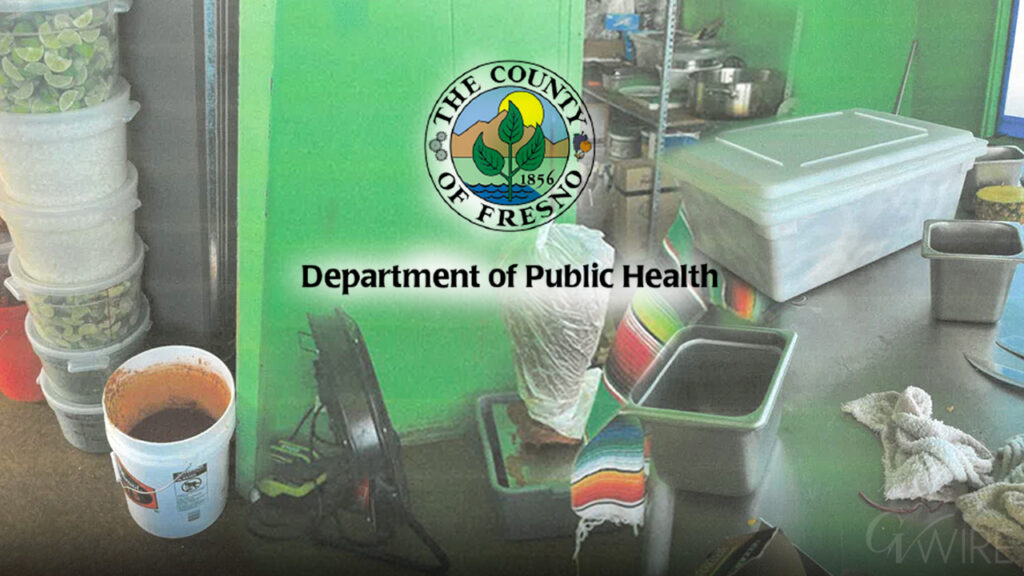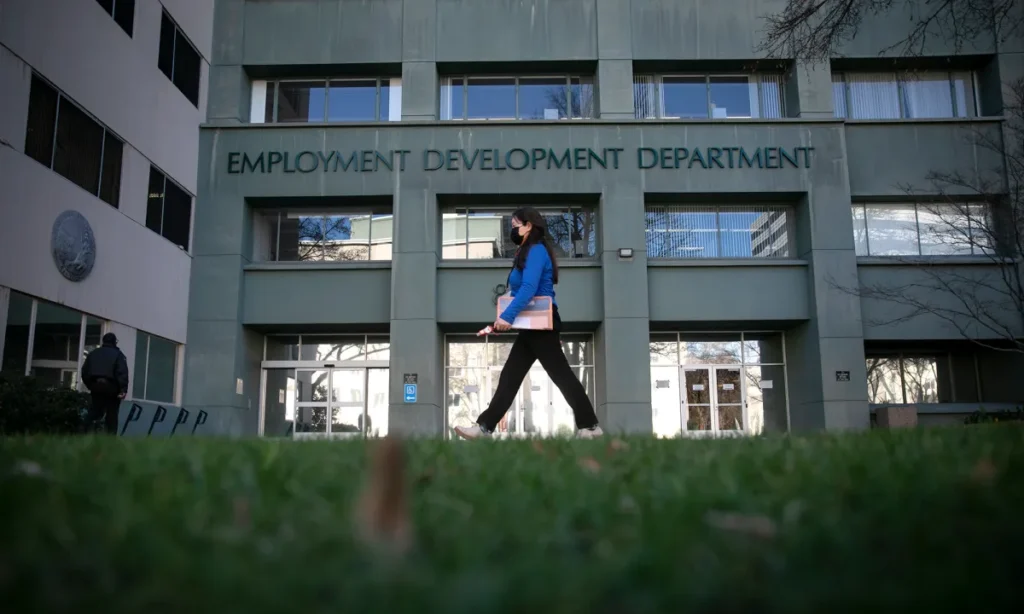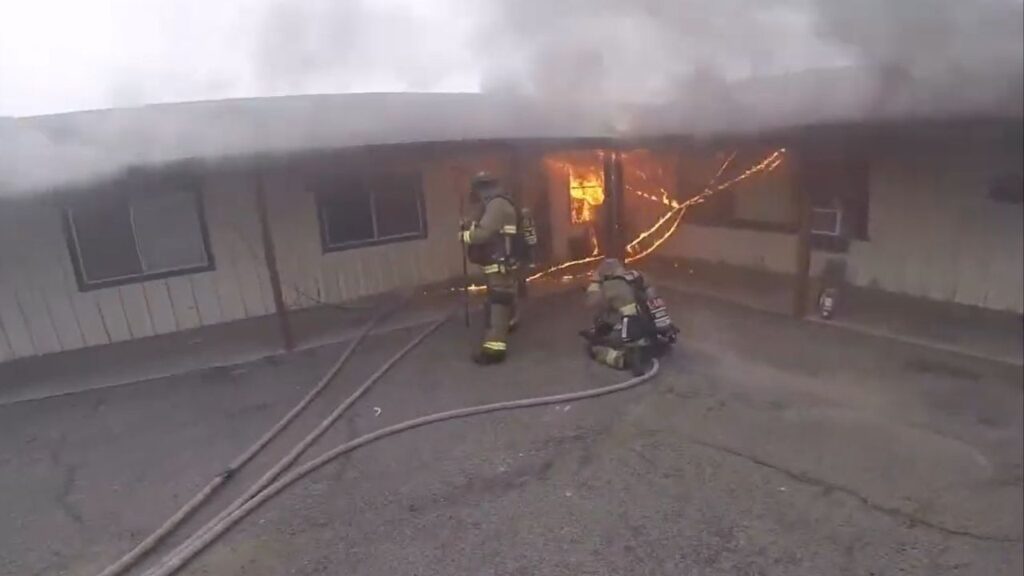California launches a new data system showing college enrollment, degrees, and wages for public high school graduates. (CalMatters/Adriana Heldiz)

- New dashboards consolidate data on 3.5 million California public high school graduates' post-secondary paths.
- The tool aims to make accessing student outcome data easier for parents, researchers, and policymakers.
- Current data excludes private/out-of-state colleges and dropouts, but future updates are planned.
Share
This story was originally published by CalMatters. Sign up for their newsletters.
Want to know how students at your child’s school district are performing five or even 10 years down the line?
On Tuesday, California released a new tool that aims to make that question — and many others — much easier to answer. Known as the Cradle to Career Data System, these new “dashboards” consolidate data from roughly 3.5 million high school graduates in California, showing where they enrolled in college, what kinds of degrees they earned, and the wages they made four years after receiving a college diploma or certificate.
For years, parents and researchers alike have complained that accessing education data is unnecessarily hard — with information spread out across various websites, drop-down menus and graphics. A new data system was a key priority for the Newsom administration, though it faced months of delays, in part because of data privacy concerns.
“We have people who’ve been calling for this (data system) for 10 years, for 20 years,” said Mary Ann Bates, executive director of the Cradle to Career Data System. “The effort the state is making now to bring this together is so that students, families, educators and policymakers can have this information at their fingertips.”
Some other states, such as Kentucky, have already pioneered better approaches, creating a single, understandable website that houses data from the state’s K-12, college and workforce providers. In 2019, California allocated more than $24 million so it could catch up.
Limitations of the New Tool
But today’s data tool represents just a fraction of the state’s education and workforce data. It only looks at students who attend one of California’s public colleges and universities and it only looks at students who graduate from a public high school. One tool by the California Department of Education shows that among 2015 California public high school graduates who headed to college, 15% went to a private or out-of-state college or university within 16 months.
Bates said her team will eventually update these public dashboards to include information about students who attend private or out-of-state colleges and who don’t graduate high school.
As part of this data system, the state has also promised to release other data, including information about early childhood education and teachers’ training and retention. Bates’ team initially said the teacher training information would be available by June 2024, but it remains in limbo. She said that tool would be released “soon,” though she did not specify a date.
How Useful Is It?
Although the Cradle to Career Data System is presenting information in new ways, the information itself isn’t new. California has already developed similar tools, but none so widely accessible to the public or incorporating data from so many different schools and state agencies.
The state Education Department already allowed users to download data and sort college-going rates by school or district, although it’s unlikely most parents would spend the time to download the spreadsheet and try to understand all the column names. One strength of the system is its ease of use — the tool displays key data visually and intuitively.
But each data system may use slightly different numbers. For example, the department uses DataQuest, which has a broader definition of what it means to “graduate” high school. The Cradle to Career Data System looks only at traditional graduates and not people who receive a GED, said Ryan Estrellado, the Cradle to Career system’s director of data programs.
The nonprofit Educational Results Partnership operated one of the many predecessors to the Cradle to Career Data System, and president Alex Barrios said he’s skeptical that the state’s new tool is a real improvement.
“If the dashboard doesn’t start the cohort at 9th grade, then the dashboard is useless,” wrote Barrios in a text to CalMatters. Just over 88% of students who started as ninth graders finished high school five years later, according to 2024 state data, but for certain groups, such as African American or Native American students, the graduation rates were lower.
Without information about high school dropouts, the new tool makes it look like students attend college at higher rates than they actually do, he said. It’s called the Cradle to Career Data System, he added, not the “the High School Graduation to College Data System.” In the previous tool that Barrios helped operate, known as Cal-PASS Plus, researchers could look not just at high school graduates but also at all students who enrolled in 9th grade.
Bates said the Cradle to Career Data System is only as powerful as the data that schools and agencies share. This current data uses information from the past 10 years, which is only enough time to measure the long-term college and career outcomes of high school graduates, she said, adding that other data, such as information about the long-term fates of younger students, will be added as it’s available.
Although the data lacks certain features, it may still lead to powerful findings: One of the new data dashboards shows that community college students who receive a certificate earn more than those who receive an associate degree— even though certificate programs typically take much less time to complete.
The Cradle to Career Data System is “a neutral source of information,” said Bates. “Our office is not going to weigh in on specific policies or interpret the why.”
CalMatters higher education reporter Mikhail Zinshteyn contributed to this story.
This article was originally published on CalMatters and was republished under the Creative Commons Attribution-NonCommercial-NoDerivatives license.




















